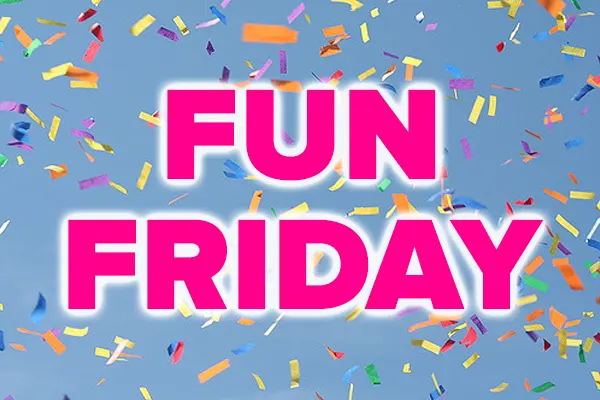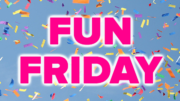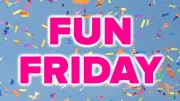For reasons that will seem clear as you read this article, it seemed like a perfect one to run today.
When we think about the music of the 1950s and 1960s, inevitably we think about rock and roll. And, you know, we should. That music really shaped the culture of later years in a way that no other form of music did. But what’s lost on today’s generation is that until the mid-1960s, rock and roll was largely thought of as children’s music, intended for what we today call “tweens.” It was simple, energetic, and easy to enjoy. I’m not saying it was thought of as “baby shark” level but certainly on par with the stuff that Miley Cyrus did as Hannah Montana. It wasn’t until the latter part of the 1960s that rock and roll got unexpectedly complex and music critics started to take note. There were other forms of popular music at the time, and most folks have very little awareness of them.
“Modern Jazz”
Jazz music had been around for about 50 years by mid-20th century, and was largely associated with lower-class establishments. Think of it as the gangster rap of the 1920s and you’re not far off. In fact, both hard-core hip-hop and jazz originated in communities of color and both were considered inappropriate for polite audiences. We tend to overlook that fact when we think of music made before the second world war, but there it is.
As the war ended and a new generation began to arise, they started to express themselves lyrically and musically in a new way. This was a time when every art form was being reinvented and certainly it was a fertile time for music as well. What sprang up from this time came to be known as modern jazz.
You can get a fairly technical discussion of modern jazz here, but if you’re not terribly into that sort of thing it might be a bit too much for you. Like most art forms, it’s easier to understand what modern jazz is by experiencing it. As usual, YouTube comes in handy here. Check out the 1959 masterpiece “Kind of Blue” by Miles Davis.
Modern Jazz is about the unexpected. It’s about chords that sound like mistakes, rhythms that seem to trip over themselves, and performances that are never the same twice. In a time when you could (for the first time in history) hear a recording over and over any time you wanted, modern jazz injected life into music in a way no one expected.
If you were an adult in the 1960s you probably listened to some modern jazz, although there were other music forms you might have also liked. If you were of the age where you or a close relative fought in the second world war, it was modern jazz that caught your ear. As I said, rock and roll was kiddie music.
The modern jazz we actually all know
By the 1970s, rock and roll had become so mainstream and so complex that modern jazz just faded into the background. It’s still out there and there are some performers today doing great work. But, I think it’s fair to say it’s not a cultural force in the way it was 70 years ago. That is, except for the modern jazz we all know.
YouTuber Chris Cornell breaks down two of the places you’ve definitely heard modern jazz.
Listening to the music of Vince Guaraldi or Johnny Costa, you’ll likely be transported back to childhood. Chris Cornell is right in what he says in his videos. The truth is, this music didn’t have to be this good. We’re talking about stuff for kids, that was never intended to stand the test of time. Trust me, no one thought back in the late 1960s that we’d be talking about this stuff in 2023.
Admit it, you’ve probably tried to play “Linus and Lucy.”
You may not be able to pull out the fancy chords of “Won’t you be my neighbor?” but if you’ve ever diddled around on a piano, you’ve probably tried to do the bass line of “Linus and Lucy.” But that’s the kind of cool thing about modern jazz. There’s a part of it that’s so simple anyone can do it. And, on the other hand, it can be so complex that it’s impossible to really do it the same way twice. Take a listen to “Body and Soul,” a track by Coleman Hawkins that most music historians consider “pre-modern jazz.” Still, it’s so complex that it would be hard to duplicate without extreme difficulty.
There’s something kind of calming…
In its heyday, listeners thought of modern jazz as frenetic and confusing. That’s why Chuck Berry wrote, “I got no kick against modern jazz, unless they try to play it too darn fast.”
Today, though, modern jazz brings forth what we think of as simple emotions. We feel happy, melancholy, or nostalgic. We mostly associate modern jazz with our childhoods, thanks to A Charlie Brown Christmas or Mister Rogers’ Neighborhood. It’s feel-good music to us, even if our grandparents thought of it as high culture.
It makes you wonder what future generations will consider feel good music. NWA? It wouldn’t surprise me.



